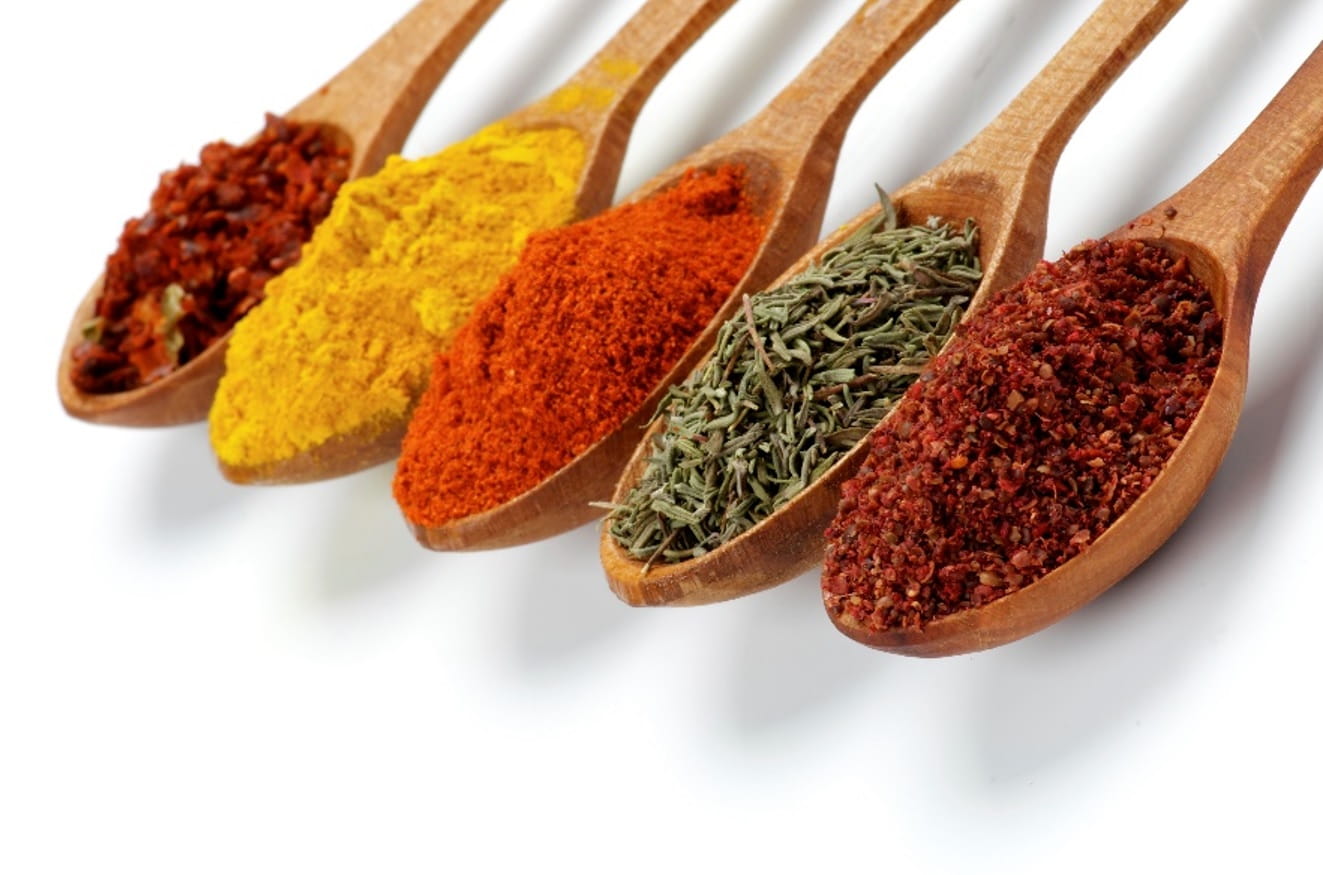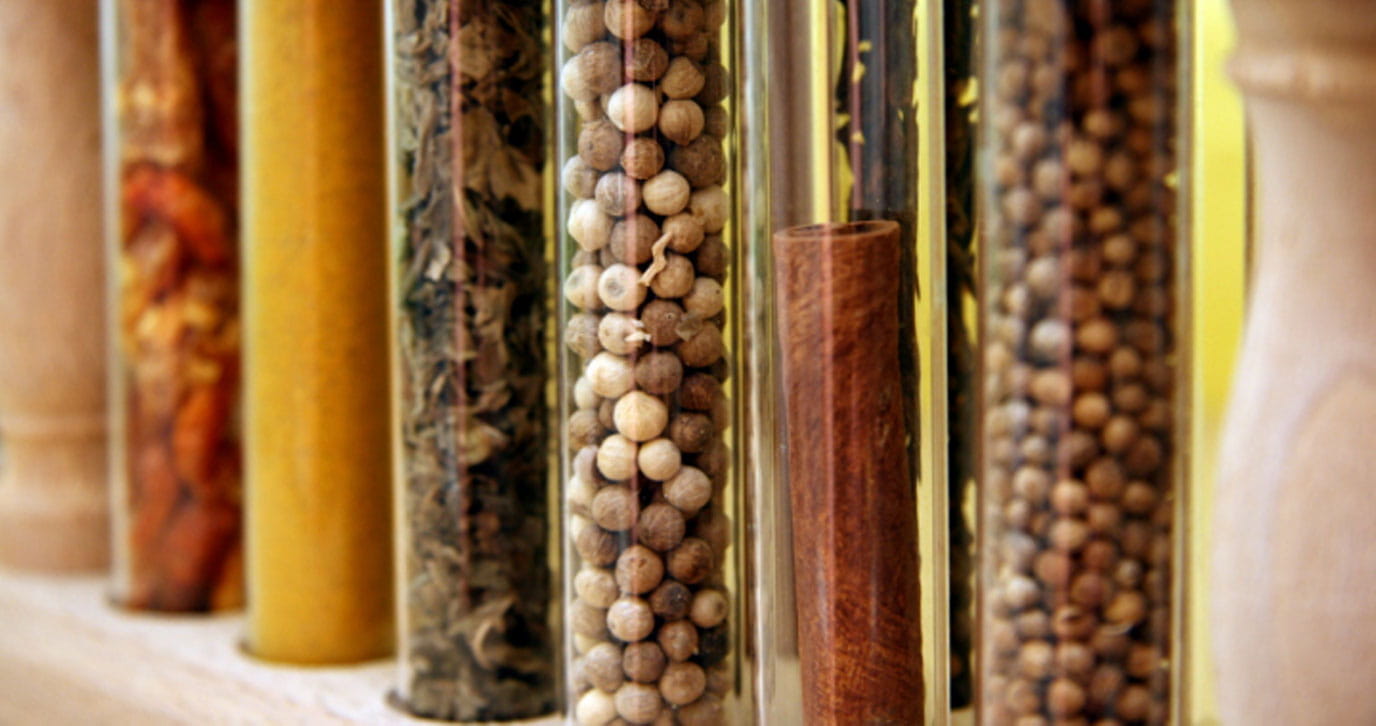October, 2025
A novel turmeric drying approach based on supercritical carbon dioxideSpices and Herbs Increase Vegetable Palatability Among Military Service Members
Christopher R. D’Adamo, PhD; Melissa R. Troncoso, PhD, NP-C, CHWC, CPT, NC, USN; Gabriela Piedrahita, BS; Joshua Messing, MD; Jonathan M. Scott, PhD, RD

July, 2024 -- A multimethod outcomes evaluation consisting of questionnaire data and sensory testing of vegetables with and without spices and herbs was conducted among a sample of military service members on a large military base in the United States.
Introduction
Unhealthy eating behaviors are adversely impacting the health and performance of the U.S. armed forces. Vegetable intake, in particular, has been shown to be far below recommended levels in active duty military populations. Previous research in other populations has shown that the addition of spices and herbs can help overcome numerous barriers to vegetable intake. The goal of this study was to determine modifiable barriers to vegetable intake among a sample of active duty military service members at Naval Support Activity Bethesda and evaluate whether the addition of spices and herbs can help surmount these barriers.
Materials and Methods
Monadic sensory testing was conducted that compared typical preparation (butter and salt) of 4 vegetables (broccoli, carrots, cauliflower, and kale) vs. otherwise identical preparation with the addition of spices and herbs. The Menu Item Survey, a 9-point hedonic scale utilized throughout the U.S. Military for recipe development, was the primary outcome of the vegetable sensory testing. Questionnaires were administered to assess barriers to military dining facility vegetable intake. Unpaired t-tests were utilized to compare Menu Item Survey ratings of typical vegetables vs. vegetables with spices and herbs. Descriptive statistics were computed to summarize the results of the barriers questionnaires, and qualitative analysis of open-ended questions was conducted to identify perceived areas of improved vegetable intake.
Results
A diverse sample of 70 active duty service members participated in the vegetable sensory testing and provided outcome data. The most common barriers to military dining facility vegetable intake were appearance (42.9%), preparation style (41.3%), and taste (39.7%). Sensory testing revealed that vegetables with spices and herbs were preferred over typical
preparations in overall appeal, flavor, and aroma (P <.03).
Discussion
The addition of spices and herbs appears to help overcome key sensory-related barriers to military dining facility vegetable intake. Future comparison of vegetable intake with and without spices and herbs when included in a full meal in a military dining setting is warranted in order to better evaluate the effectiveness in increasing vegetable intake under
typical dining conditions.
Reference
D’Adamo, CR, Troncoso, MR, Piedrahita, G, Messing, J, Scott, JM. Spices and Herbs Increase Vegetable Palatability Among Military Service Members. usae367. 2024. doi.org/10.1093/milmed/usae367






